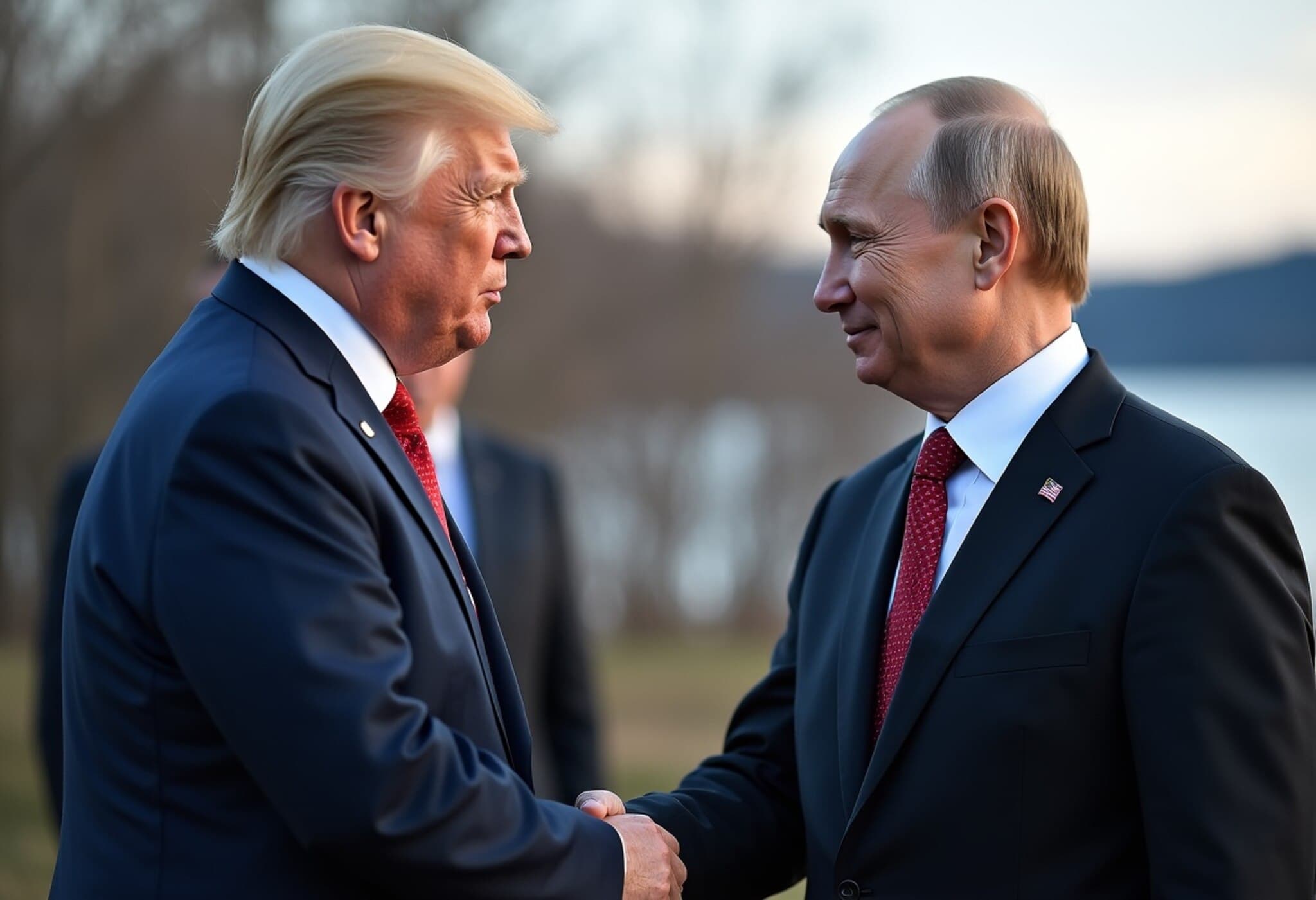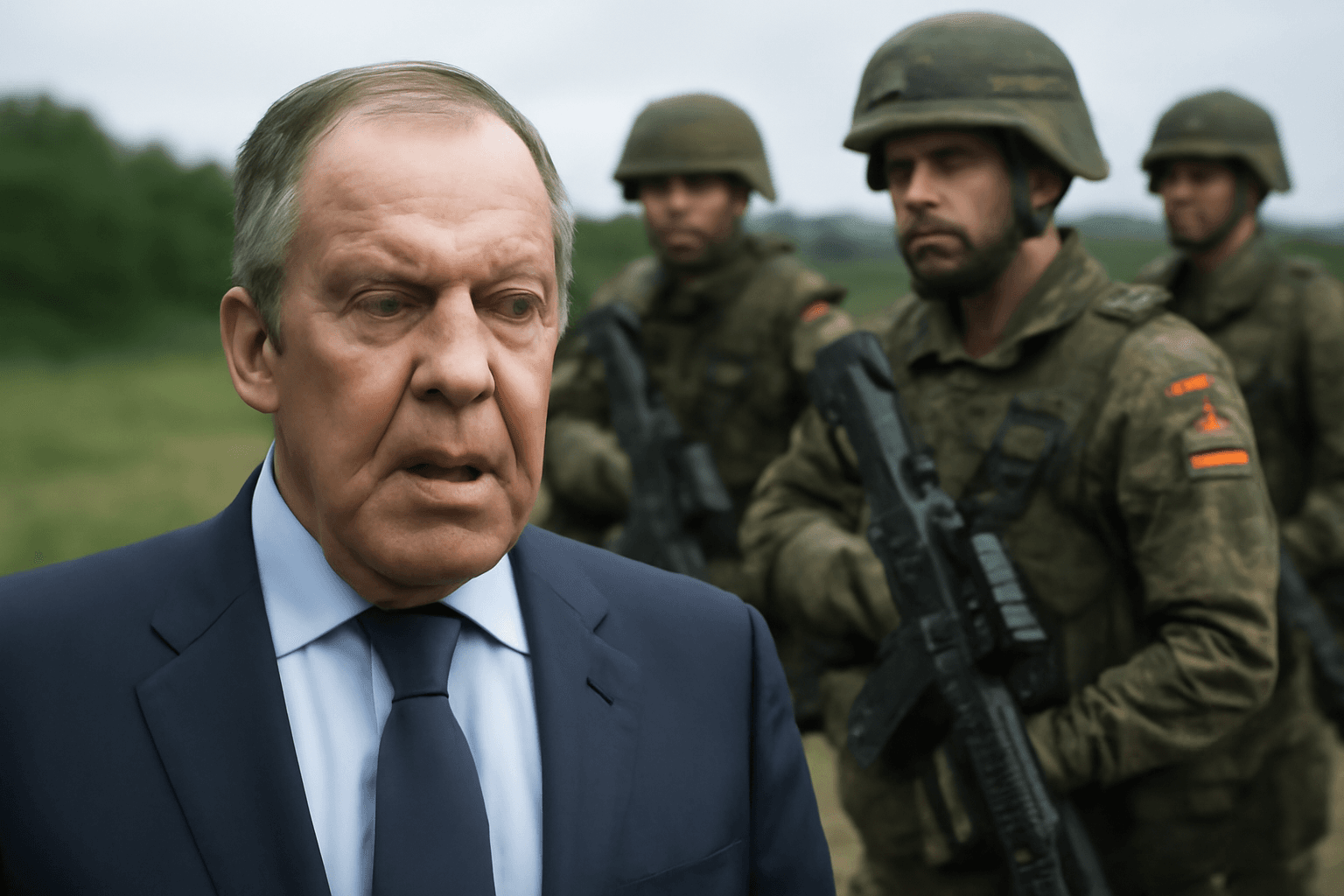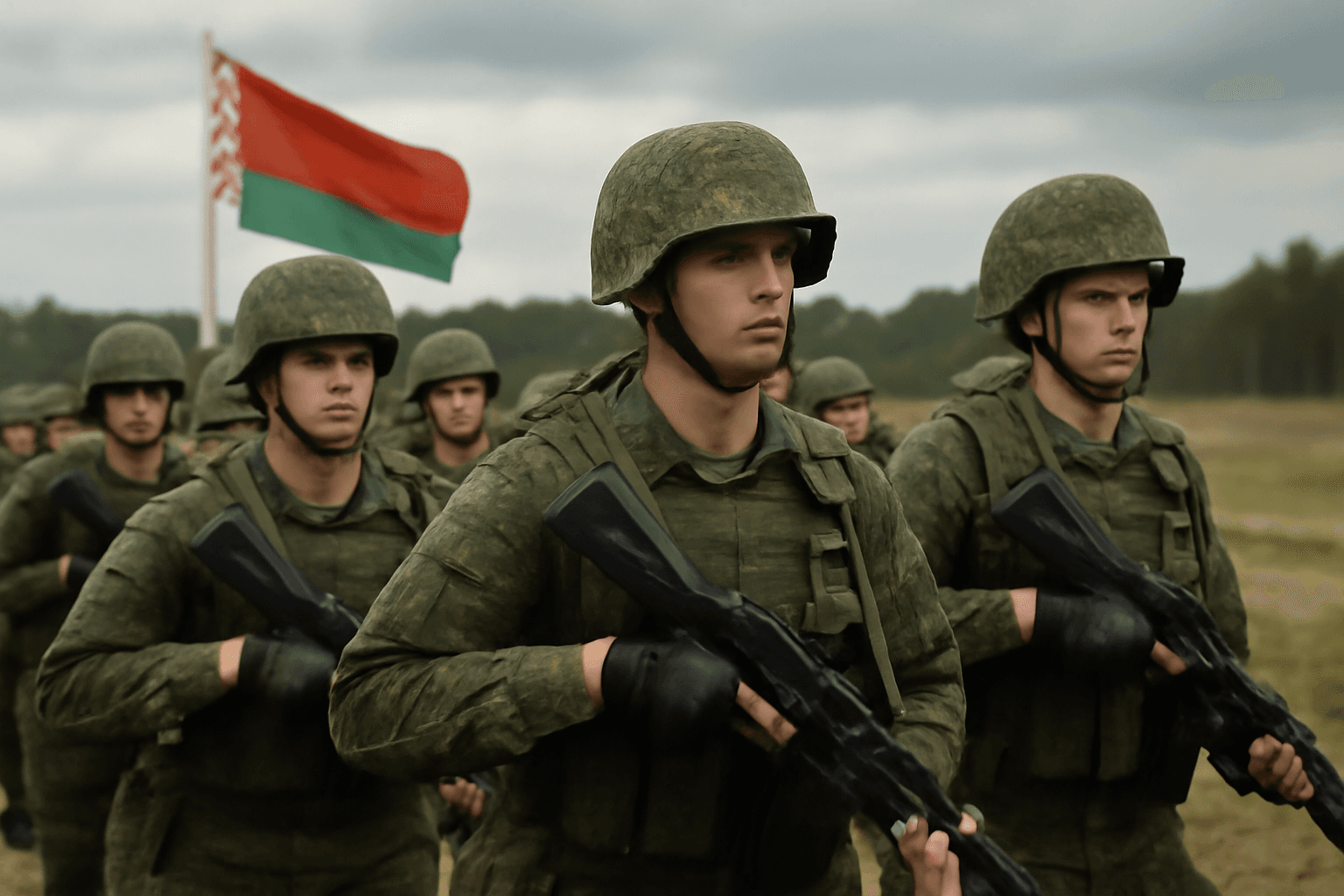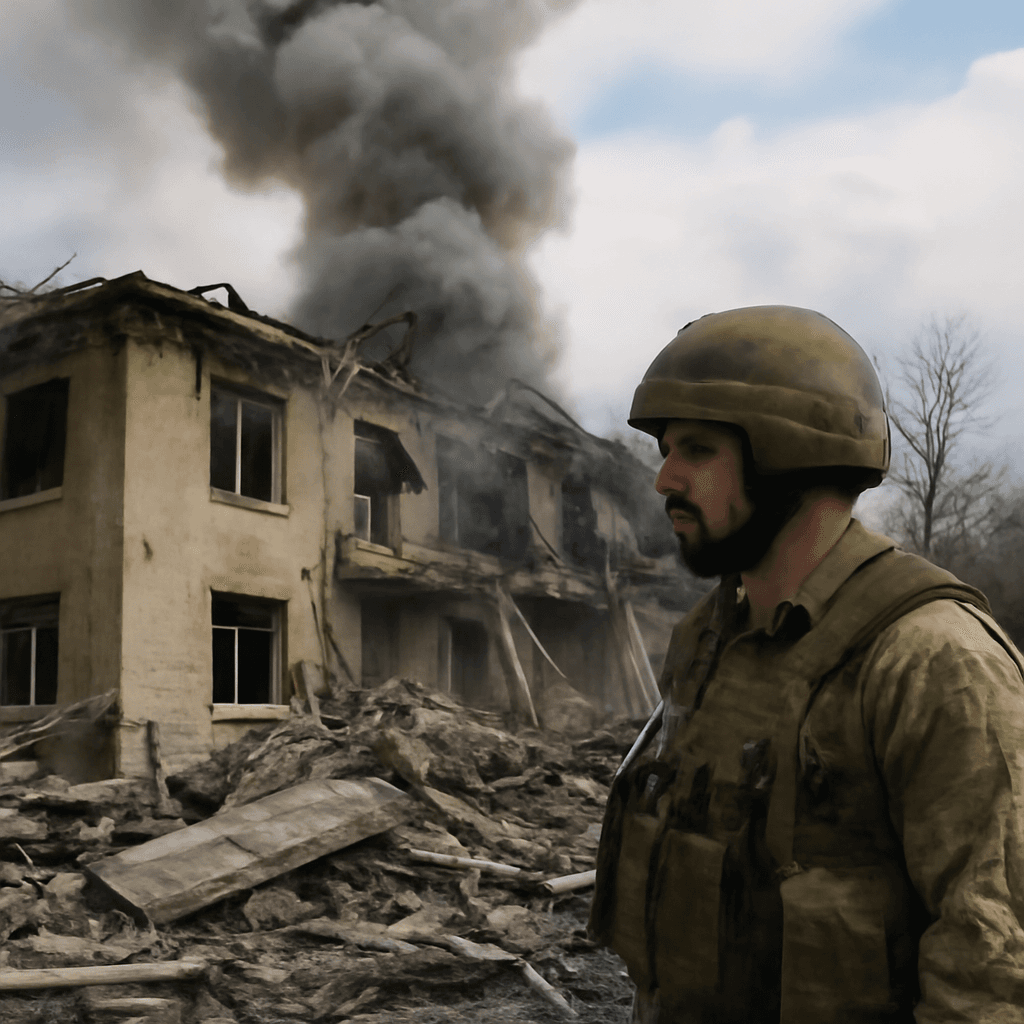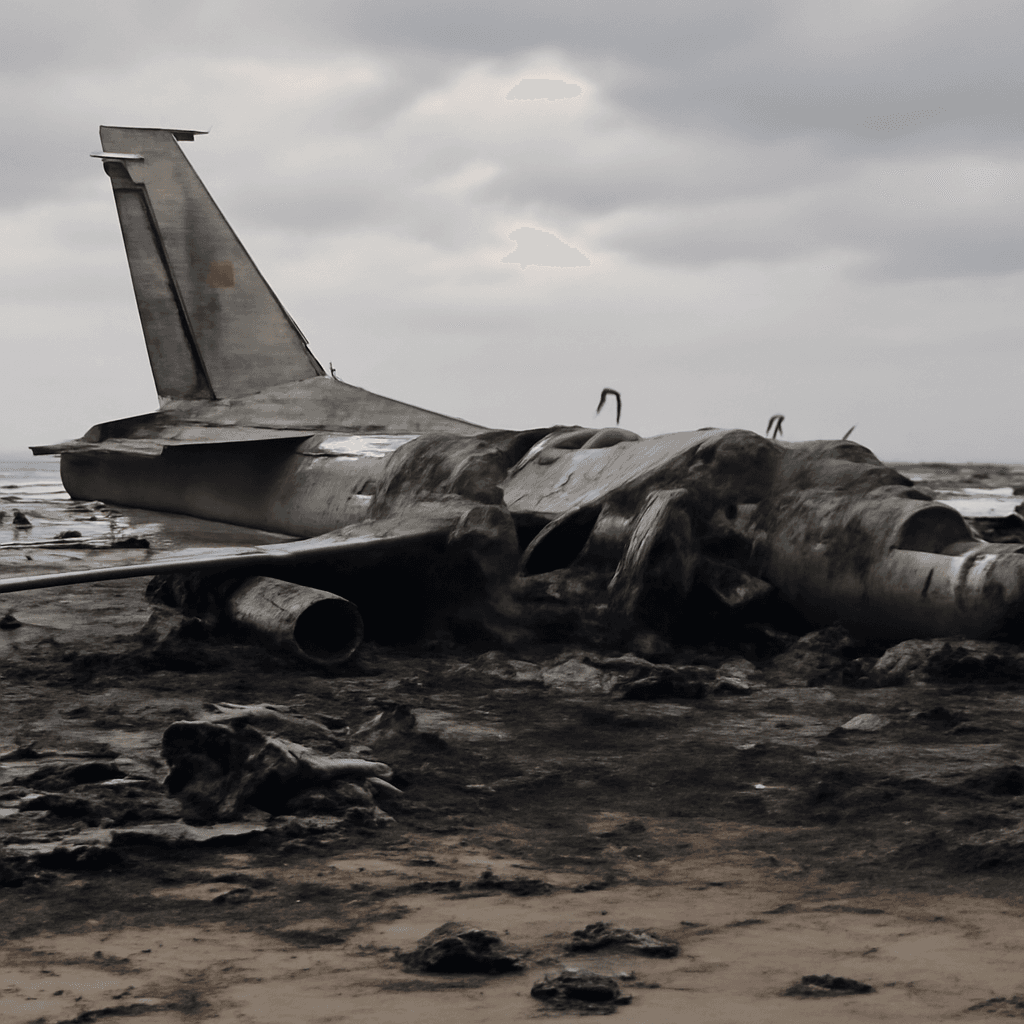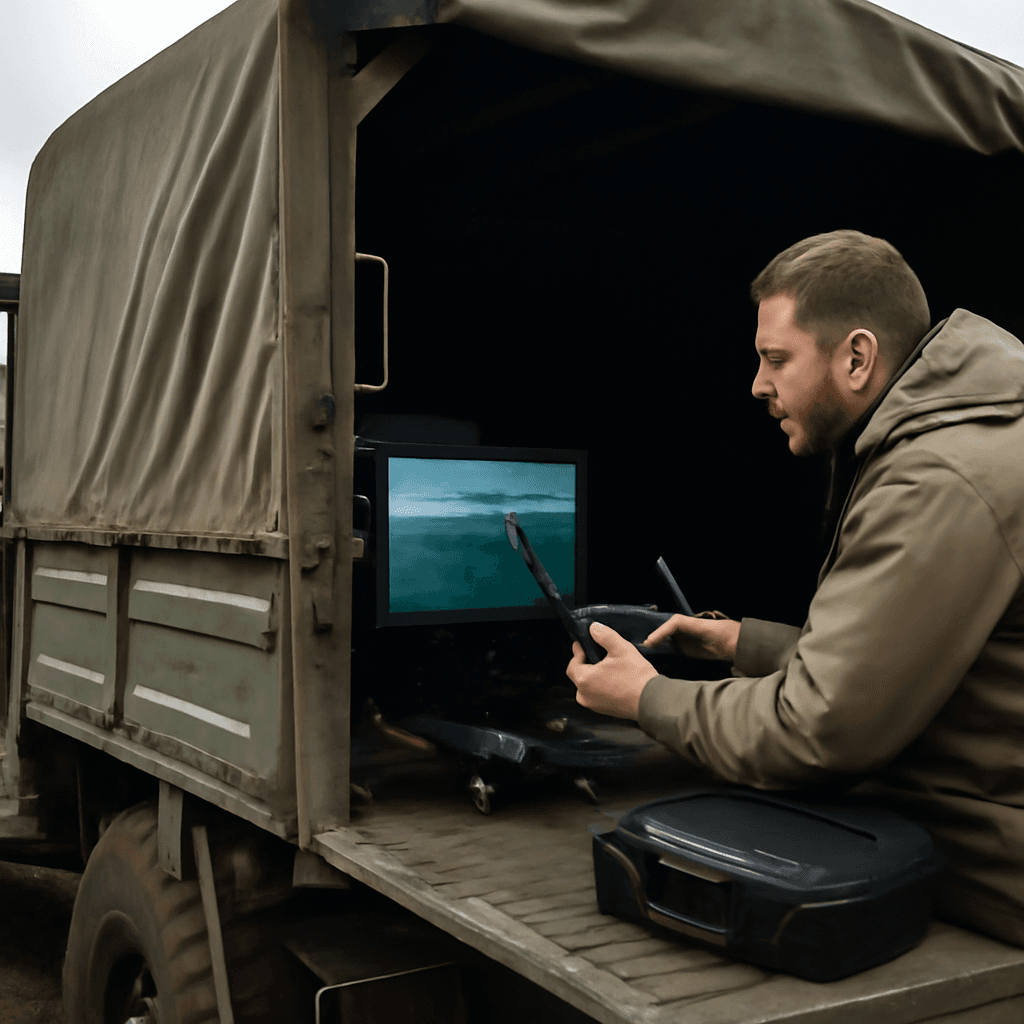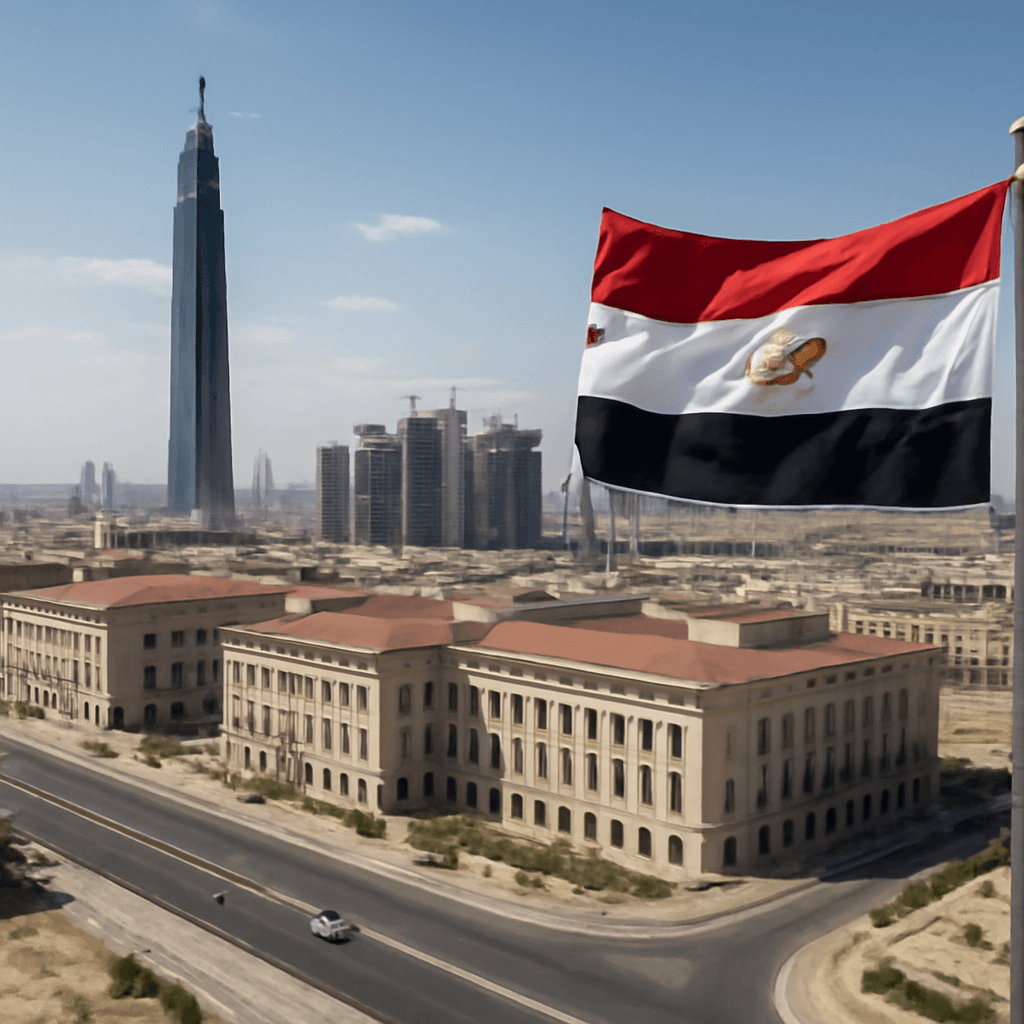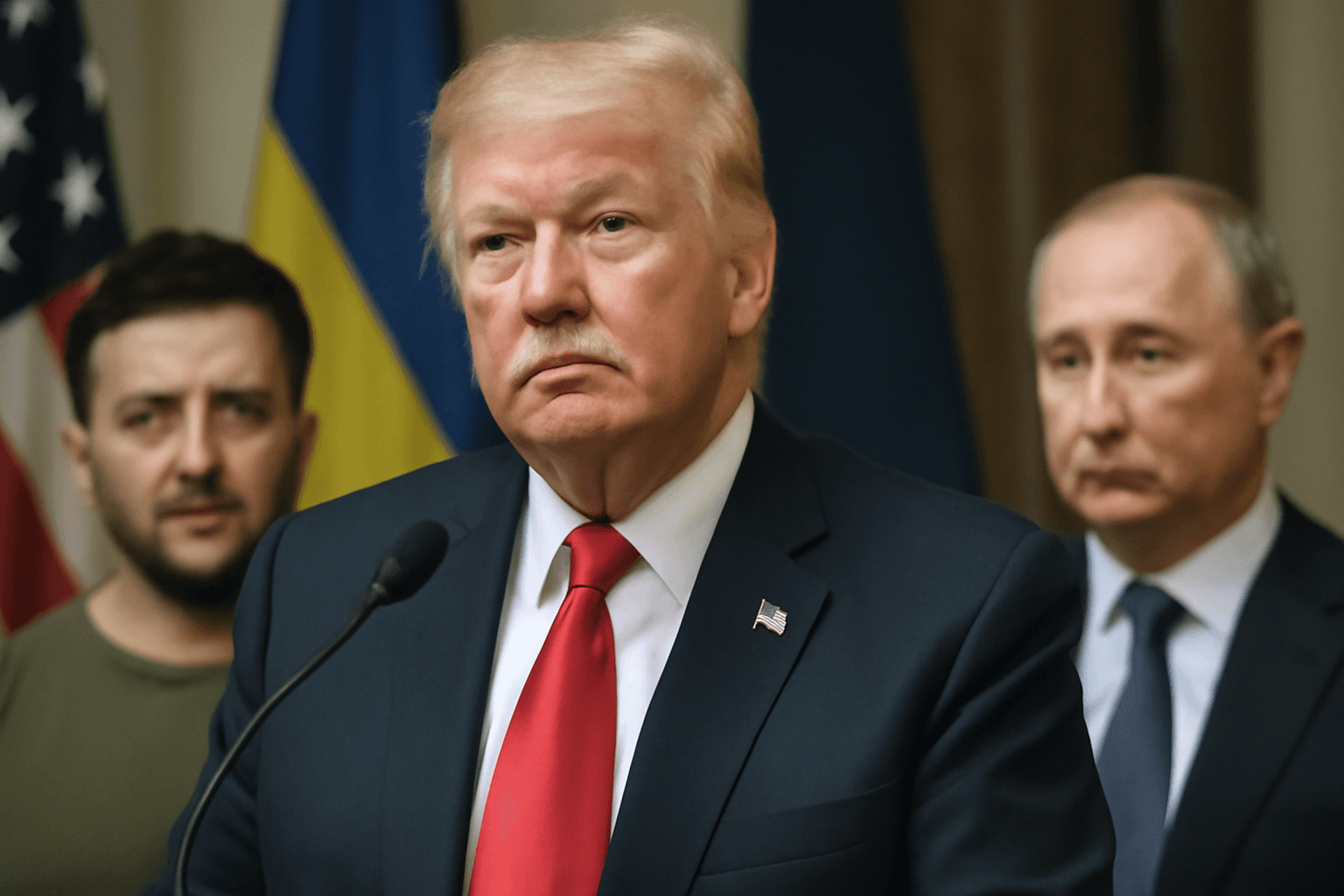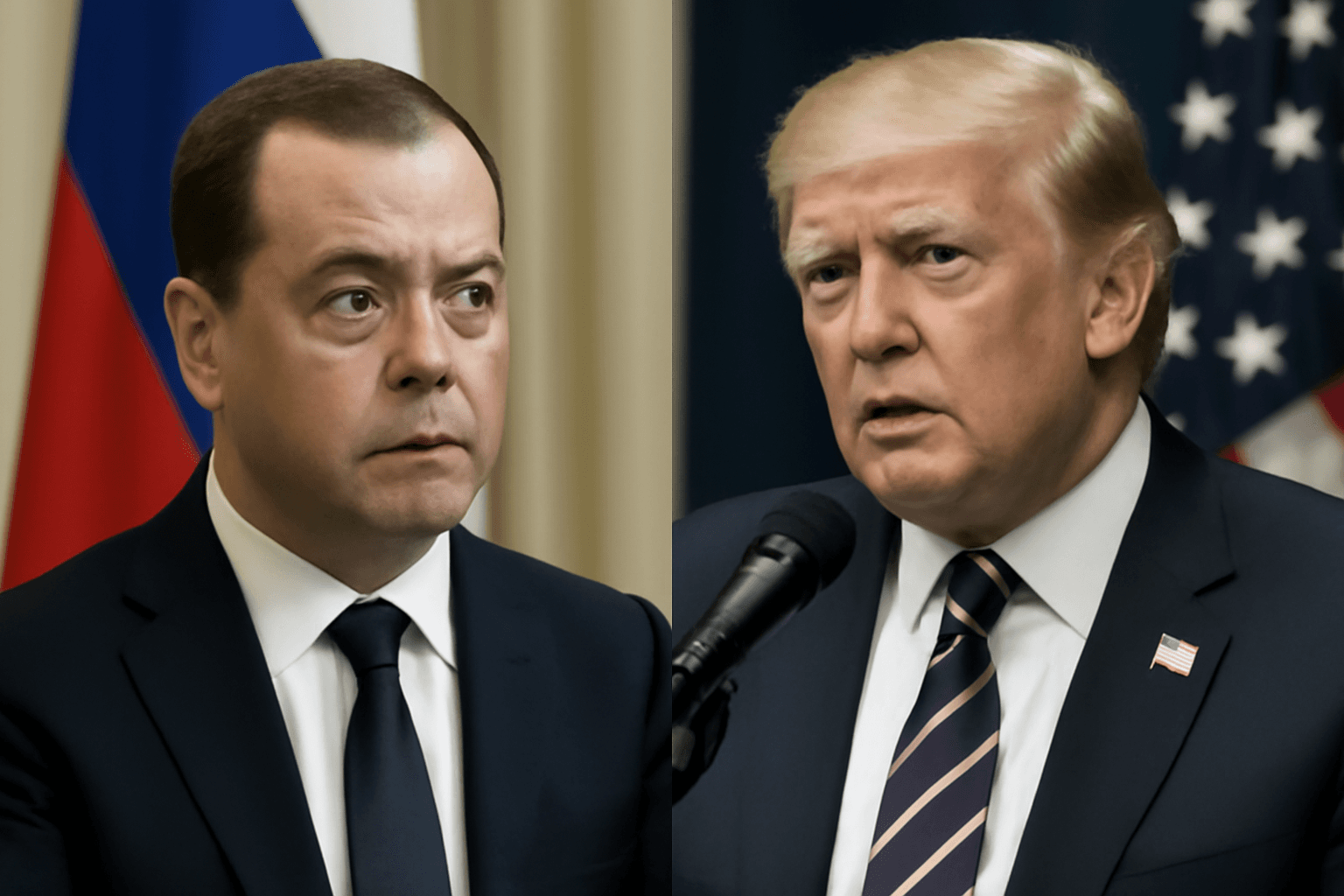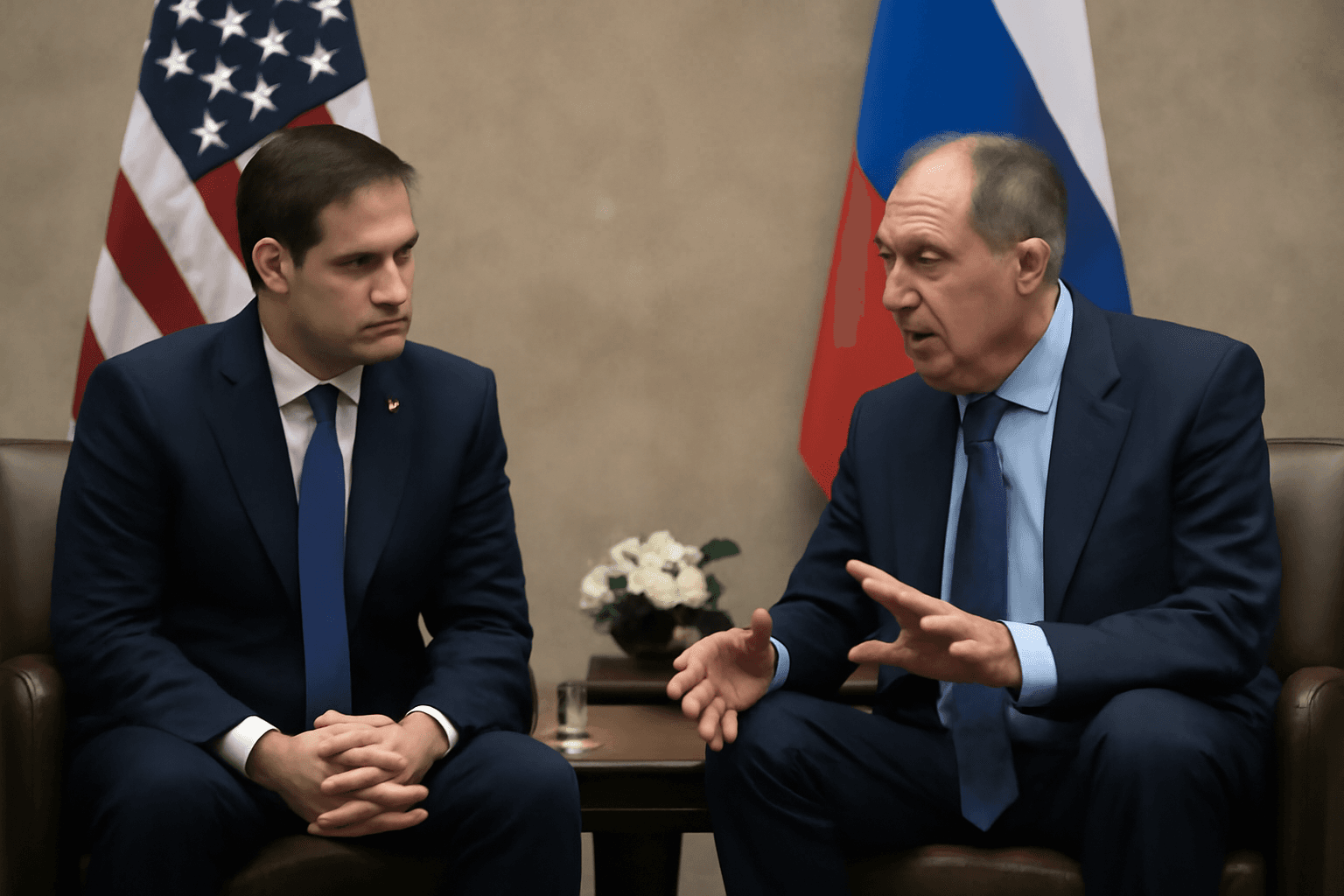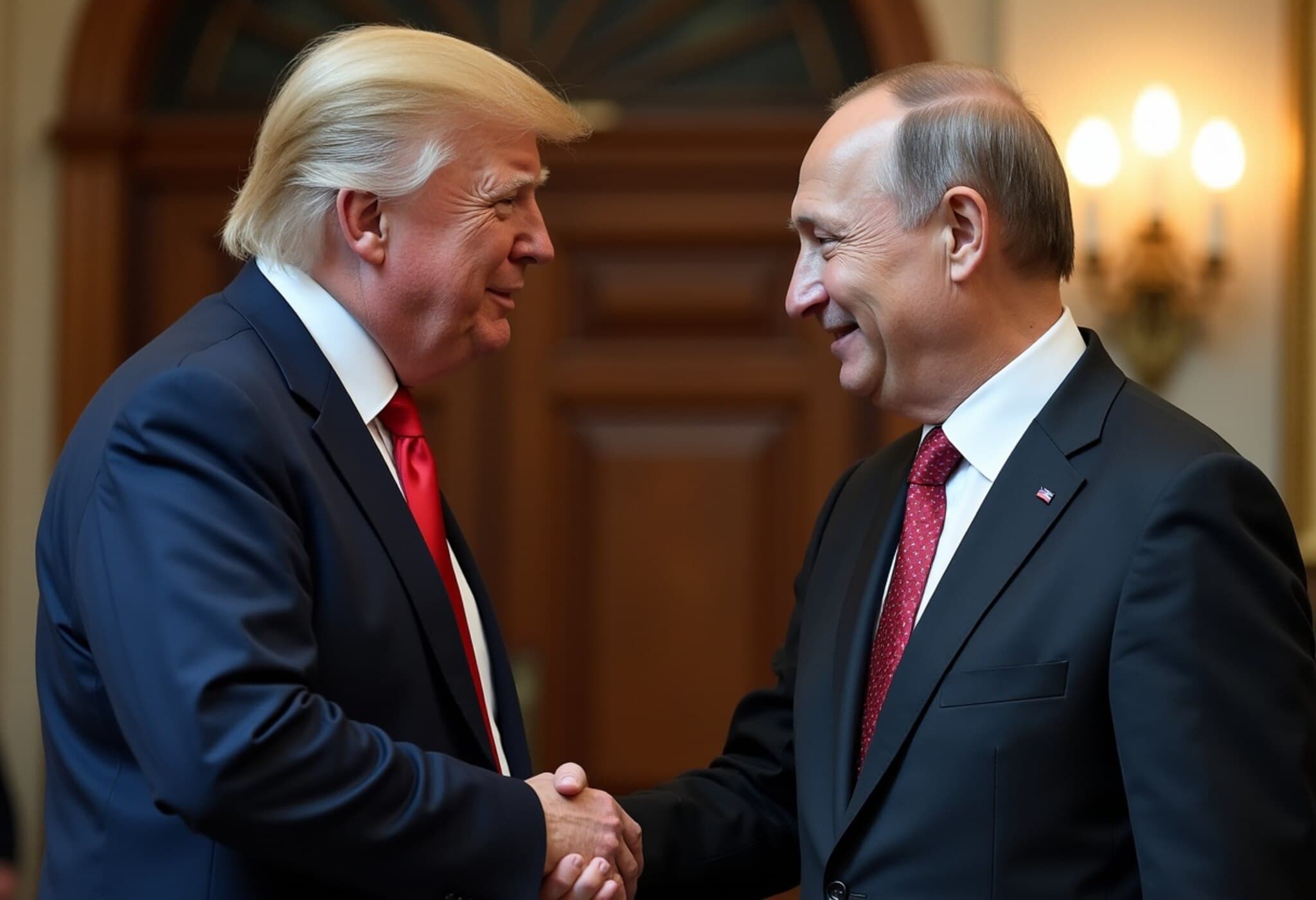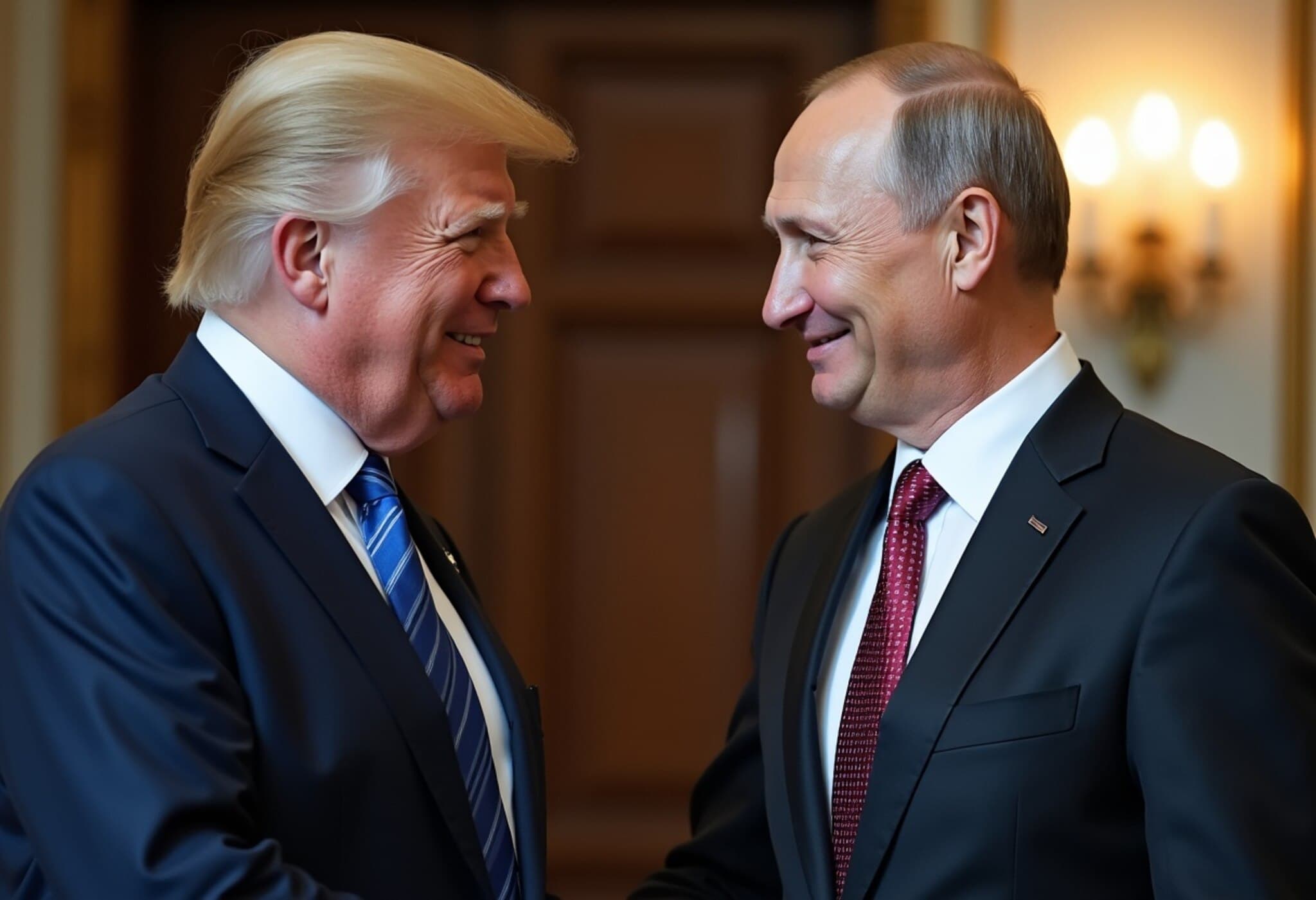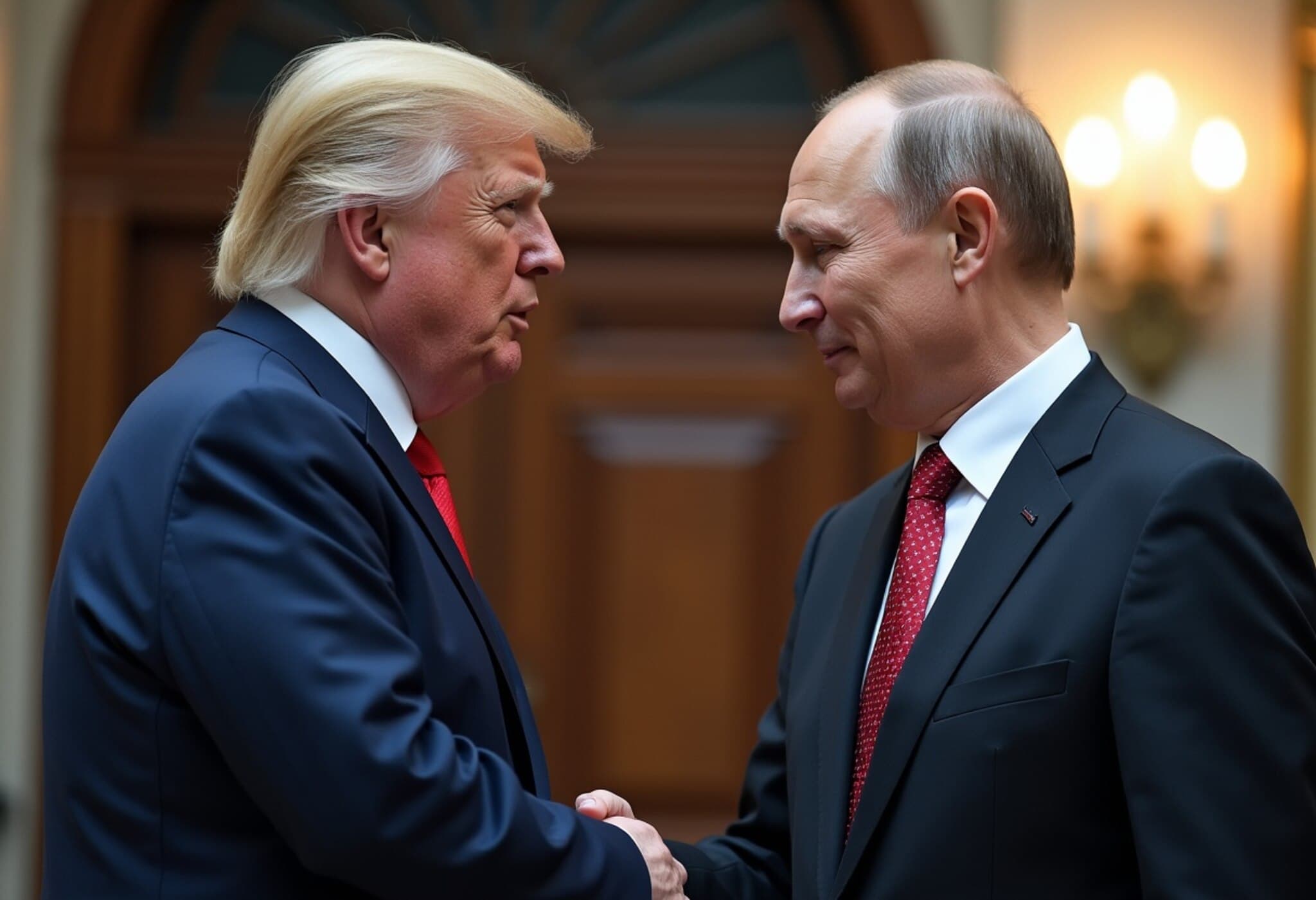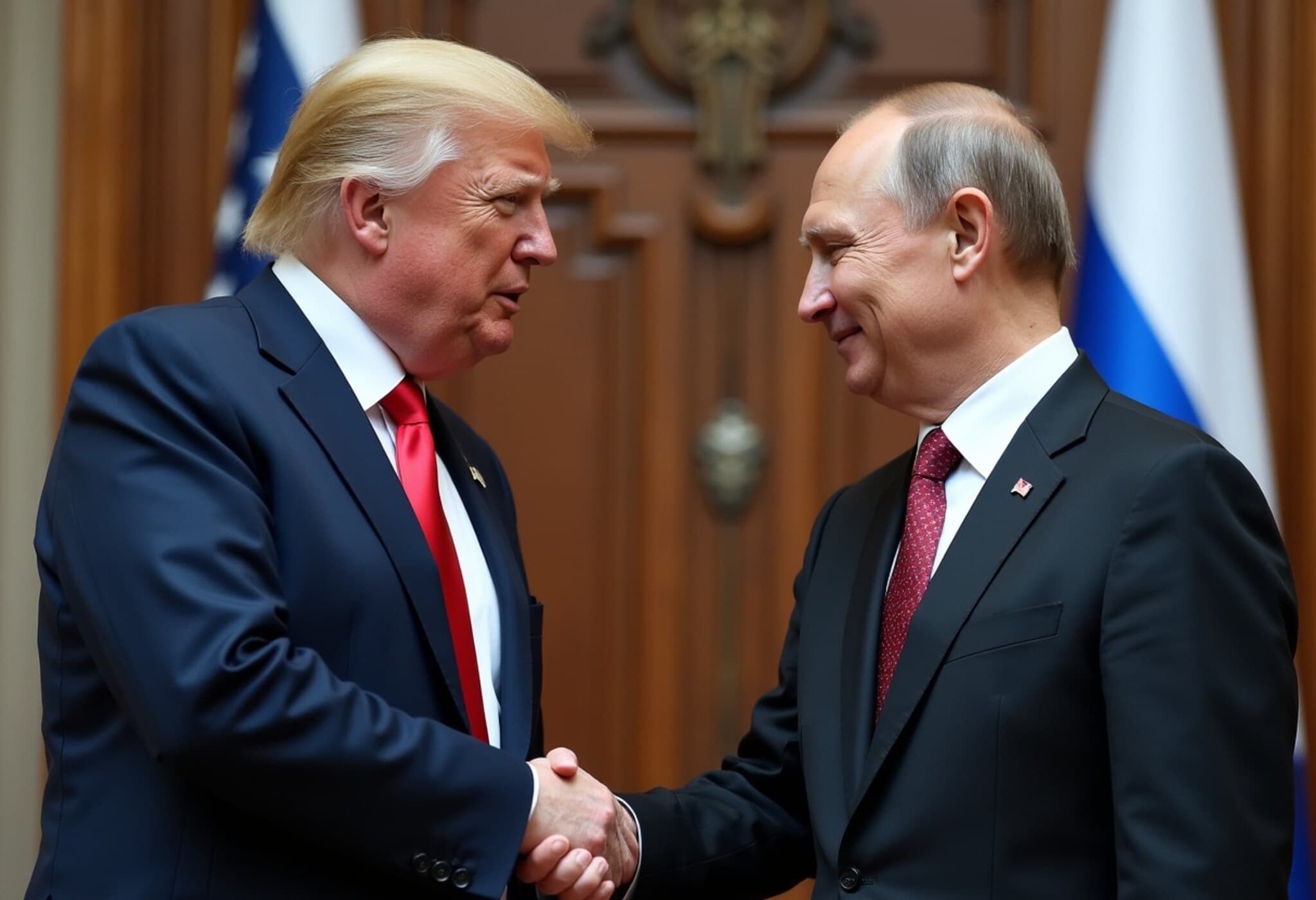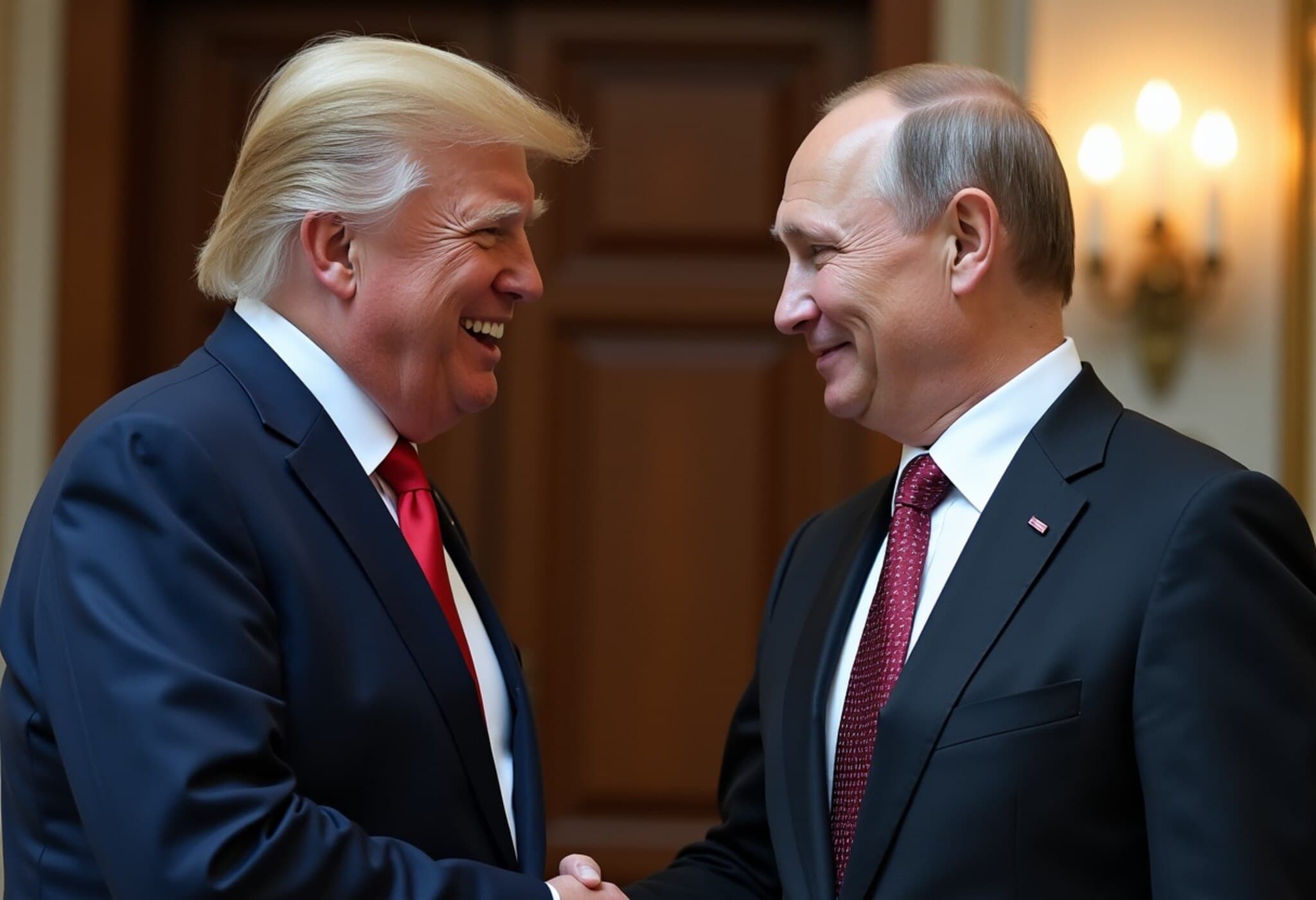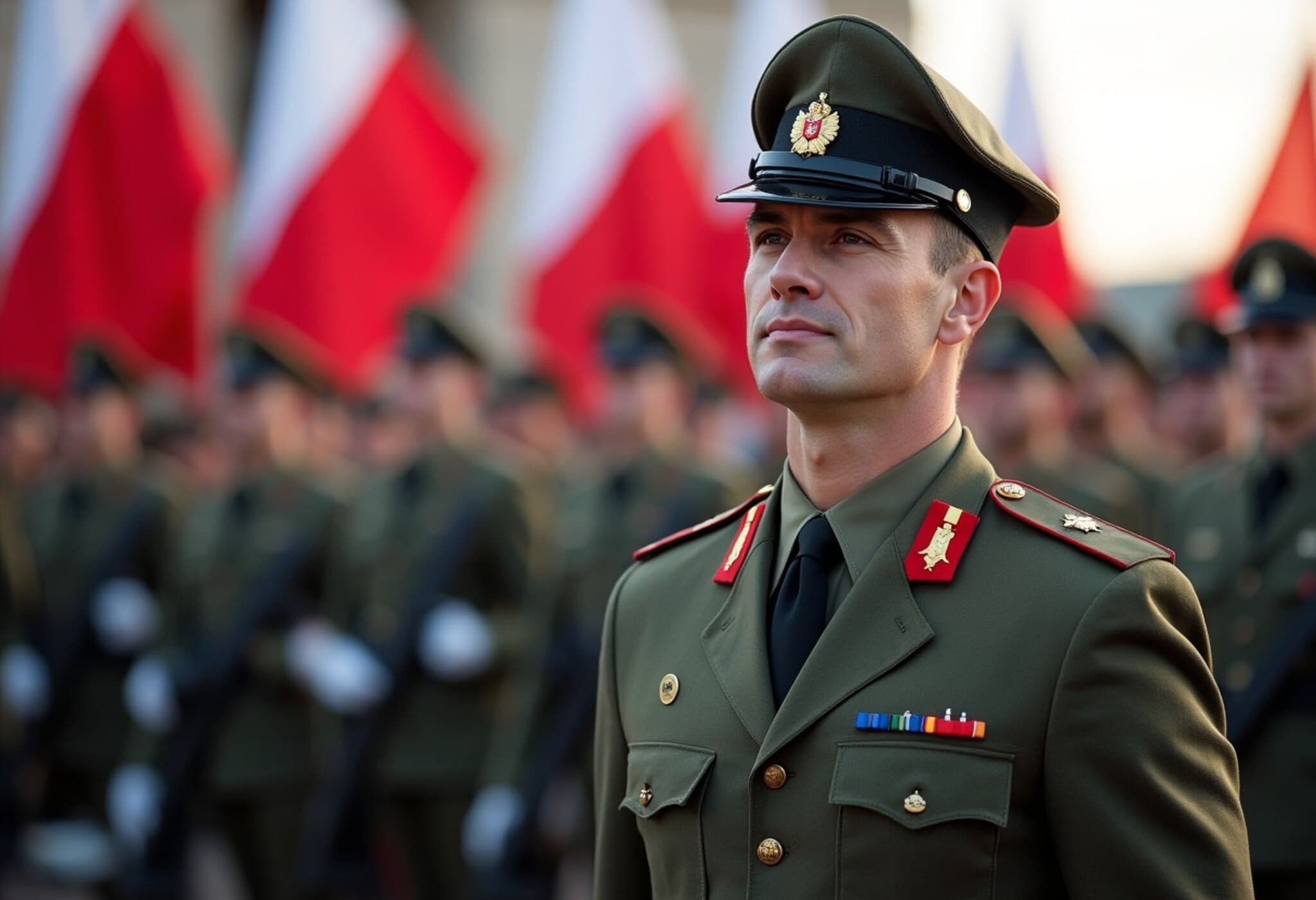Trump Arrives in Alaska for Critical Summit with Putin
On August 15, 2025, former U.S. President Donald Trump departed from Joint Base Andrews, Maryland, heading to Anchorage, Alaska, for a high-profile and highly anticipated meeting with Russian President Vladimir Putin. This face-to-face summit carries significant weight, potentially shaping the future of European security and the ongoing conflict in Ukraine.
Traveling alongside Trump were key members of his administration, including Treasury Secretary Scott Bessent, Commerce Secretary Howard Lutnick, and Secretary of State Marco Rubio. Also on board were CIA Director John Ratcliffe, Chief of Staff Susie Wiles, Middle East envoy Steve Witkoff, and Monica Crowley, Trump's chief of protocol and former Fox News commentator, underscoring the summit’s strategic importance.
The Stakes: Ukraine and European Security Hang in the Balance
Set for Friday, this Alaska summit is historic; it marks Vladimir Putin’s first visit to Western soil since initiating the 2022 invasion of Ukraine—a conflict that has tragically cost tens of thousands of lives and destabilized the region politically and economically.
Trump initially extended this invitation at Putin's suggestion, signaling a willingness to engage directly—even as he tempered expectations, warning on his Truth Social platform that the meeting could be swift if meaningful compromises do not emerge. “HIGH STAKES,” Trump emphasized just before takeoff, reflecting the summit’s delicate nature.
Ukraine’s Appeals and International Perspectives
Ukrainian President Volodymyr Zelenskyy took to social media on Friday, imploring Trump to leverage his influence to press Russia into ceasing hostilities. Zelenskyy emphasized, “It is time to end the war, and the necessary steps must be taken by Russia. We are counting on America,” underscoring Ukraine’s deep reliance on U.S. leadership in peace efforts.
Analysts note that this meeting arrives at a crucial junction: Russia has made recent advances on the ground just ahead of the summit, and the geopolitical balance in Europe remains fragile. The world watches closely, recognizing that the outcome could either bring a glimmer of hope for peace or exacerbate existing tensions.
Trump’s Diplomatic Style and Relationship with Putin
Speaking to reporters aboard Air Force One, Trump described his dynamic with Putin as underscored by mutual respect. “He’s a smart guy. He’s been doing it for a long time, but so have I… We’re presidents. We get along. There’s a good respect level on both sides,” Trump remarked, conveying a candid camaraderie that may influence the tone and substance of their talks.
This approach, while criticized by some as overly conciliatory toward Moscow, reveals Trump’s preference for direct, personalized diplomacy. Experts suggest that this style, combined with the presence of top advisers and intelligence officials, aims to create a unique window for bridging divides—though risks remain high given the complexities involved.
What Lies Ahead?
- Will the meeting produce a ceasefire or framework for negotiations? The international community’s hopes rest on actionable commitments.
- How will NATO and European allies respond? Their stance remains critical to any sustainable resolution.
- What domestic political implications could this summit have for Trump and U.S. foreign policy?
As the summit unfolds, these questions encapsulate the broader challenges of diplomacy in a world where power balances and war dynamics are in flux.
Editor’s Note
This unprecedented summit between Donald Trump and Vladimir Putin in Alaska represents more than a diplomatic meeting; it is a potential inflection point for the Ukraine war and European security architecture. While the outcome remains uncertain, it spotlights the nuanced interplay of personal leadership styles, international law, and geopolitical strategy. Observers should watch closely—not just what is decided, but how these decisions reverberate across global politics and impact millions caught in conflict zones. The summit invites a sobering reflection on the power and limits of face-to-face diplomacy amid global crises.

